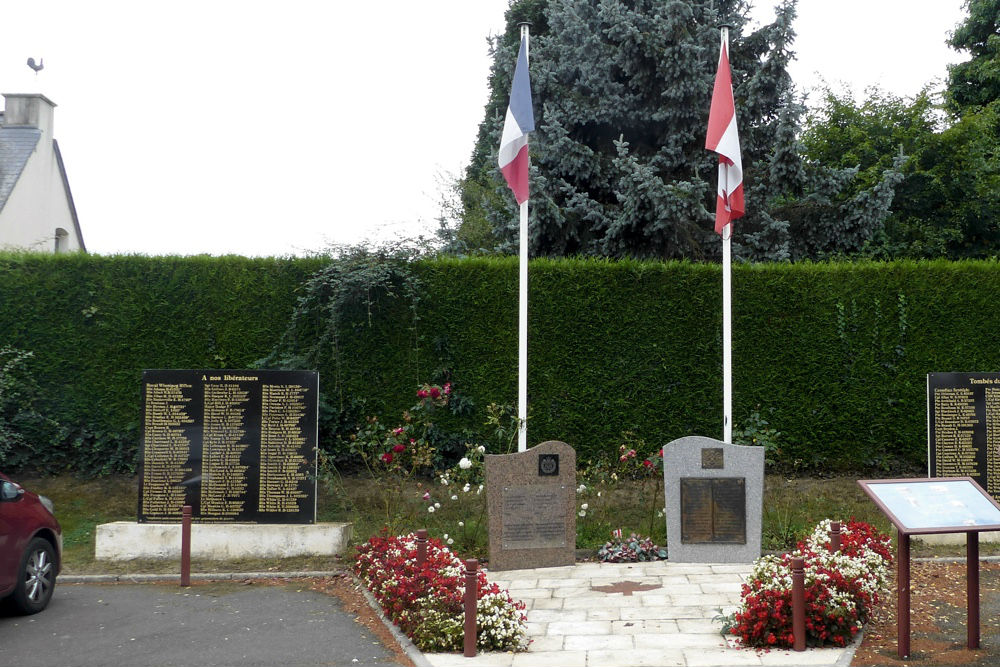Birston, Hilliard John Henry
- Date of birth:
- May 22nd, 1921 (Lockport/Manitoba, Canada)
- Date of death:
- June 8th, 1944 (France)
- Buried on:
- Canadian War Cemetery Beny-sur-mer
Plot: XIII. Row: F. Grave: 13. - Service number:
- H/10721
- Nationality:
- Canadian
Biography
Hilliard John Henry Birston was raised in a working-class family, he grew up in Lockport and attended a rural school, completing Grade 7 before leaving at age 15 to begin work. He was described as a quiet, pleasant, and cooperative young man with good comprehension and average military aptitude.
Before enlisting, Hilliard worked for Fairfield & Sons Spinning Mill in Little Britain, Manitoba, for five years as a carder. He also spent five months working at a rolling mill. His occupation was listed as laborer, and he had experience with machinery and manual labor. He was not a member of any trade union and had no formal apprenticeship, but he expressed interest in motor mechanics and truck driving.
Hilliard married Mary Margaret Victoria Birston on January 14, 1939, and they had three children. The family resided in Lockport, Manitoba, and Hilliard was known to be a devoted husband and father, regularly supporting his wife and children.
Hilliard enlisted in the Canadian Army on July 19, 1943, at Winnipeg, Manitoba, and was assigned to the Royal Winnipeg Rifles. He underwent basic and advanced training at Camp Shilo, where he was noted for his good conduct and average military efficiency. He completed training in rifle marksmanship, grenade handling, fieldcraft, and artillery fundamentals.
He embarked for overseas service on April 11, 1944, arriving in the United Kingdom on April 18. He was later deployed to France as part of the Normandy campaign.
On June 8, 1944, during the intense fighting following the D-Day landings, Hilliard was reported missing in action. It was later confirmed that he had been captured and murdered by German forces, along with other Canadian soldiers, in a war crime committed by members of the 12th SS Panzer Division under Brigadeführer Kurt Meyer.
His body was discovered in a mass grave and subsequently reburied at the Bény-sur-Mer Canadian War Cemetery in France.
Hilliard left a last will dated October 27, 1943, bequeathing his entire estate to his wife, Mary Birston. She received his War Service Gratuity, campaign medals, and a Memorial Cross.
The Canadian government expressed formal condolences and provided a photograph of his grave to his widow. His death was later referenced in war crimes investigations and trials held in 1945.
Do you have more information about this person? Inform us!
- Period:
- Second World War (1939-1945)
- Period:
- Second World War (1939-1945)
- Period:
- Second World War (1939-1945)







